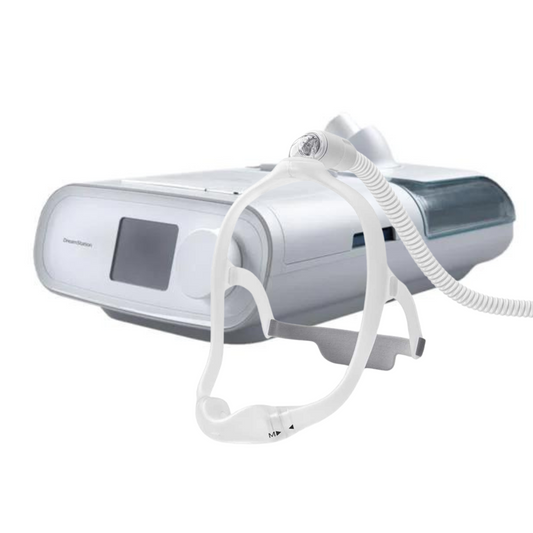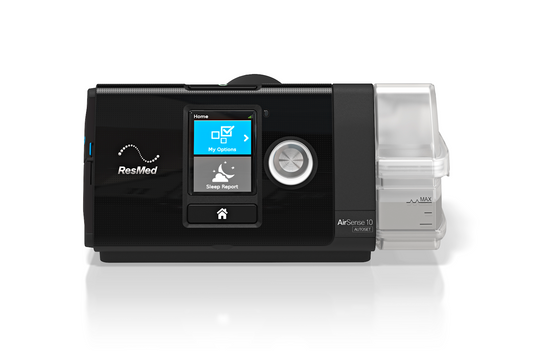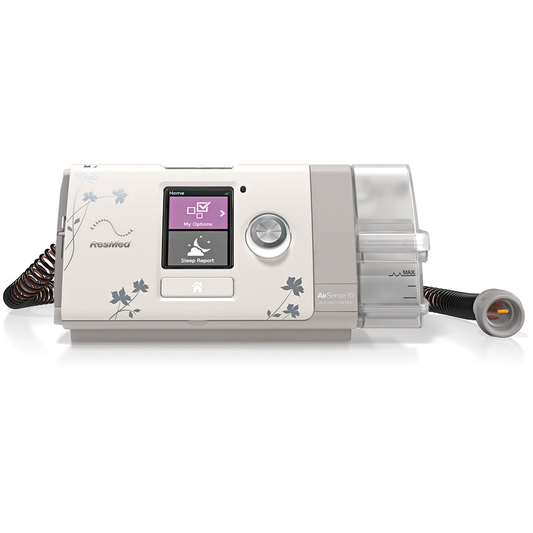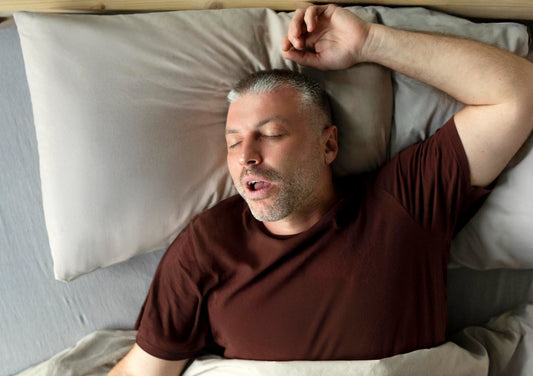Obstructive Sleep Apnoea is a condition that is highly manageable. Common treatment and management for the sleeping disorder include changes in lifestyle and the use of a breathing apparatus during sleep.
Treatment of OSA depends on the severity of the sleep disordered-breathing so it is necessary to have the patient examined by a board certified specialist for evaluation. Below are brief descriptions of management and treatment options for people diagnosed with OSA.
Lifestyle Changes
 Mild cases of OSA are manageable by changing one’s behaviour and lifestyle. Obesity is a major predictive aspect of OSA so losing weight reduces the risk of OSA. An article in http://www.medscape.com mentioned that collected data indicated that there 10% weight loss leads to 26% RDI or respiratory disturbance index; improved arterial blood gas values and pulmonary function; lowered blood pressure; improved snoring and sleep structure and reduction of CPAP pressure when prescribed.
Mild cases of OSA are manageable by changing one’s behaviour and lifestyle. Obesity is a major predictive aspect of OSA so losing weight reduces the risk of OSA. An article in http://www.medscape.com mentioned that collected data indicated that there 10% weight loss leads to 26% RDI or respiratory disturbance index; improved arterial blood gas values and pulmonary function; lowered blood pressure; improved snoring and sleep structure and reduction of CPAP pressure when prescribed.
Other behavioural modifications should include:
• avoidance or reduction of alcohol consumption more so before going to bed
• avoiding sleeping pills and sedatives
• sleeping on one’s side and changing positions to improve breathing
• smokers must stop smoking as it can increase swelling in the upper airway
A blocked nose causes a person to breathe through the mouth. This condition can lead to snoring and OSA. Managing blocked nose is also an option in treating mild OSA. Nose blockage can be due to sinusitis, allergies or a deviated septum. It is best to consult a certified medical doctor in this case.
Continuous Positive Airways Pressure (CPAP)
 Introduced in 1981, CPAP is considered the most efficient and effective way in managing and treating OSA. It involves the use of special machine with a blower unit that continuously produces positive-pressure airflow. The machine is connected to either a nose or face mask through a tube. Patients with OSA have relatively thicker lateral pharyngeal walls and a CPAP machine gently increases the air pressure in the throat thereby holding it open thus preventing snoring and Obstructive Sleep Apnoea.
Introduced in 1981, CPAP is considered the most efficient and effective way in managing and treating OSA. It involves the use of special machine with a blower unit that continuously produces positive-pressure airflow. The machine is connected to either a nose or face mask through a tube. Patients with OSA have relatively thicker lateral pharyngeal walls and a CPAP machine gently increases the air pressure in the throat thereby holding it open thus preventing snoring and Obstructive Sleep Apnoea.
CPAP compliance was thought to be at least four hours each night, 5-7 nights per week. However, a study done in 2007 indicated that a patient has to use the CPAP at least 7 hours each night for the therapy to be effective. There are variants of CPAP that will suit the various needs of patients.
BiPAP (Bilevel positive airway pressure)
BiPAP allows the adjustment of the air pressure delivered during inhalation and exhalation. The level of the BiPAP is so that apnoea is eliminated during exhalation and hypopnoea is eliminated during inhalation. BiPAP is for OSA patients who cannot tolerate CPAP pressures and for those who have barotrauma complications such as bloating and ear infection.
Automatic Positive Airway Pressure (APA)
An APA machine is similar to a CPAP machine. The main difference is that an APAP machine has two settings (high and low). It automatically adjusts to the needs of the patient during sleep. The machine is sensitive to the patient’s changes in breathing and adjusts as needed.
Oral Appliance
An oral appliance is special dental plates that OSA patient wear during sleep. The purpose of an OA is to push the lower jaw of the patient forward to open up the throat to reduce snoring or obstruction. Oral appliances are called Mandibular Advancement Devices (MAD) or Mandibular Advancement Splints (MAS) or Mandibular Repositioning Appliances (MRA). A patient’s suitability for this type of OSA management is best discussed with a physician for reference to a dentist.
Surgery
 Surgery as routine option for treating OSA is not recommended as it has been found that it is not effective as CPAP in managing OSA. However, it is still considered as a last result when all other treatment options are found ineffective.
Surgery as routine option for treating OSA is not recommended as it has been found that it is not effective as CPAP in managing OSA. However, it is still considered as a last result when all other treatment options are found ineffective.
Surgical procedures linked to treat OSA include tonsillectomy, tracheostomy, adenoidectomy and bariatric (weight loss) surgeries. Surgical procedure to remove excess throat tissue in the airway is another treatment option for OSA. However, this option is performed considerably less nowadays.
CPAP is the most effective treatment available for patients in various levels of obstructive sleep apnoea.
If you are suffering from OSA, CPAP Victoria can help you. We have the qualification and experience to diagnose and present treatment options for your sleeping disorder.
Give us a call on 1300 750 006 or pop into one of our CPAP clinics in Victoria – we are conveniently located in Melbourne, Wantirna and Frankston.































